From Birth to Heart Transplant and Beyond, the Texas Center for Pediatric and Congenital Heart Disease Is There Every Step of the Way
Baby born at Dell Children’s Medical Center receives a life-saving transplant 269 days after birth
Sourced From: Dell Children’s Medical Center Press Conference
Written by: Ashley Lawrence
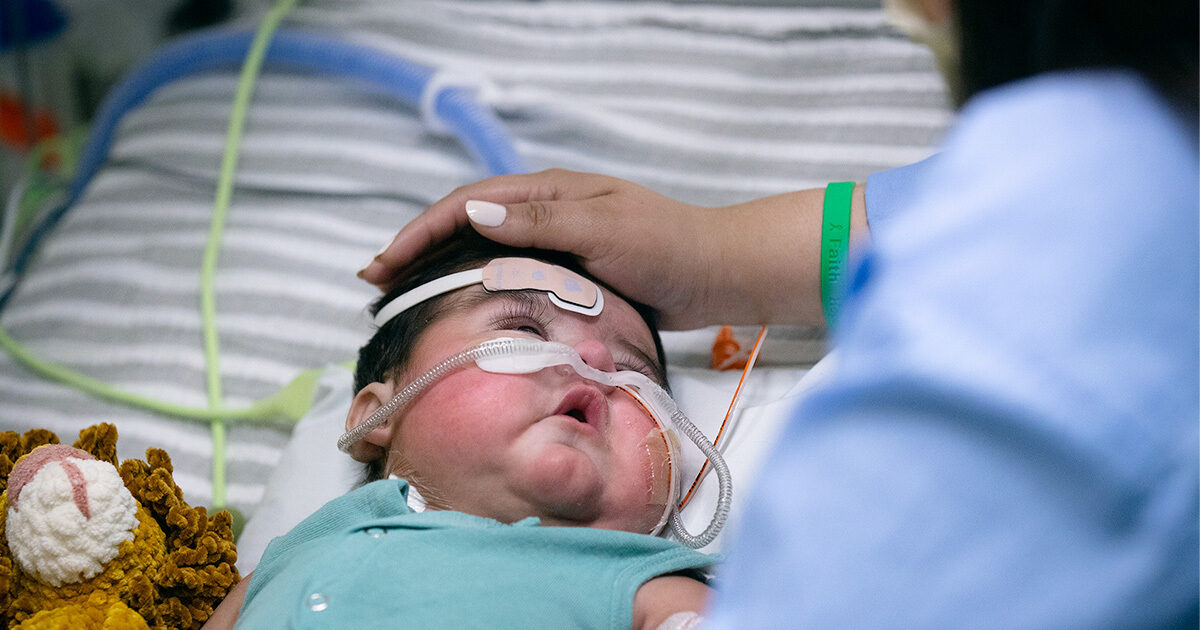
On July 1, 2022, Leo Rodriguez was born with hypoplastic left heart syndrome (HLHS), a rare congenital heart defect that occurs when the left side of the heart is not fully formed during pregnancy. As a result of HLHS, the left side of the heart is unable to support the circulation needed by the body’s organs, which causes the right side of the heart to work harder to pump blood to both the lungs and out to the rest of the body. Without treatment, the condition is fatal.
“I found out about Leo’s condition when I was 23 weeks pregnant,” shares Galilea Rodriguez, Leo’s mother. “This isn’t something you expect, especially when you’re carrying a child you planned for. We couldn’t help but ask, ‘Why us?’ We were completely broken.”
Finding Care Close to Home
Parents Galilea and Leonardo Rodriguez were devastated when their obstetrician in Del Rio informed them that there was something wrong with their baby. They were immediately referred to a pediatric cardiologist in San Antonio, Texas, who confirmed Leo’s diagnosis. Galilea and Leonardo were told Leo would need to be born at a specialty hospital, with the two closest being in Houston and Austin. Residents of Del Rio, Texas, Galilea and Leonardo chose to travel more than 200 miles and remain in Austin to receive care at Dell Children’s Medical Center.
In May 2022, Galilea and Leonardo met with the Comprehensive Fetal Care Center, a clinical partnership between Dell Children’s Medical Center and UT Health Austin, to ensure they received the highest level of specialized care before, during, and after delivery.
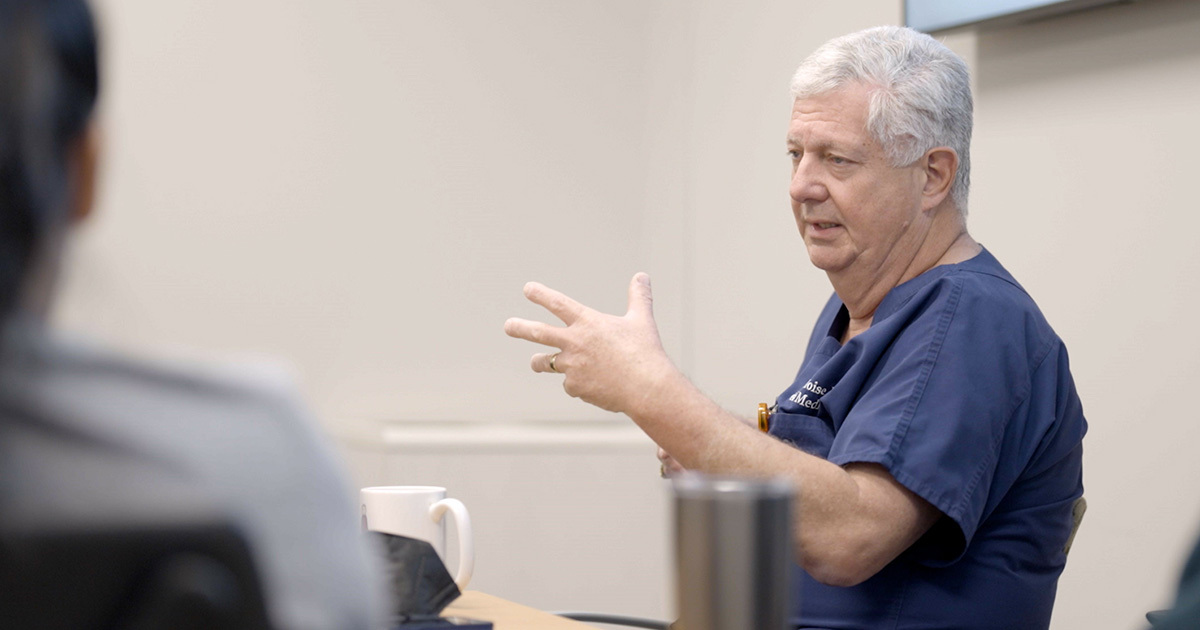
Led by UT Health Austin fetal medicine specialist Kenneth Moise, Jr., MD, who has developed fetal centers across the country, the Comprehensive Fetal Care Center offers diagnosis, treatment, and management of complex and rare fetal conditions.
Galilea and Leonardo also met with the Texas Center for Pediatric and Congenital Heart Disease, a clinical partnership between Dell Children’s Medical Center and UT Health Austin. Led by UT Health Austin congenital heart surgeon Charles Fraser, Jr., MD, the Texas Center for Pediatric and Congenital Heart Disease diagnoses, treats, and manages the care of children and adults with heart diseases and defects. Dr. Fraser serves as both the Executive Director of the Institute for Cardiovascular Health, a clinical partnership between Ascension Seton and UT Health Austin, and the Chief of Pediatric and Congenital Heart Surgery for the Texas Center for Pediatric and Congenital Heart Disease.
A Change of Plans
Typically, babies with hypoplastic left heart syndrome undergo a series of three heart surgeries known as the Norwood procedure, the Glenn procedure, and the Fontan procedure. The goal of these three procedures is to alter the structures of the heart to allow for the right side of the heart to pump oxygen-rich blood to the rest of the body while the vessels carrying oxygen-poor blood are redirected into the lungs to oxygenate blood without it having to pass through the heart.
When Leo was born on July 1, 2022, the left side of his heart had a small cavity that obstructed blow flow in a way that the initial plan to undergo the three surgeries would not restore the heart’s function. Instead, Leo was placed on a heart transplant waiting list. “Just minutes after he was born, Leo was taken to another room and hooked up to several machines” recalls Galilea. “Seeing you child go through that, it was very hard. There was lots of crying and many ups and downs.”
Receiving News of a Lifetime
8 months after he was born, Leo received a life-saving heart transplant through the Heart Failure, VAD, and Transplant Program within the Texas Center for Pediatric and Congenital Heart Disease. “It was 269 days to be exact,” says Galilea. “I’ll never forget when Dr. Castleberry called me. It was a Sunday at 4:32 p.m. She said, ‘We have a match for Leo.’ I was in shock. I couldn’t even get my words out, not even to yell for my husband in the next room.” Chesney Castleberry, MD, is a UT Health Austin pediatric cardiologist and serves as the Medical Director for the Heart Failure, VAD, and Transplant Program.
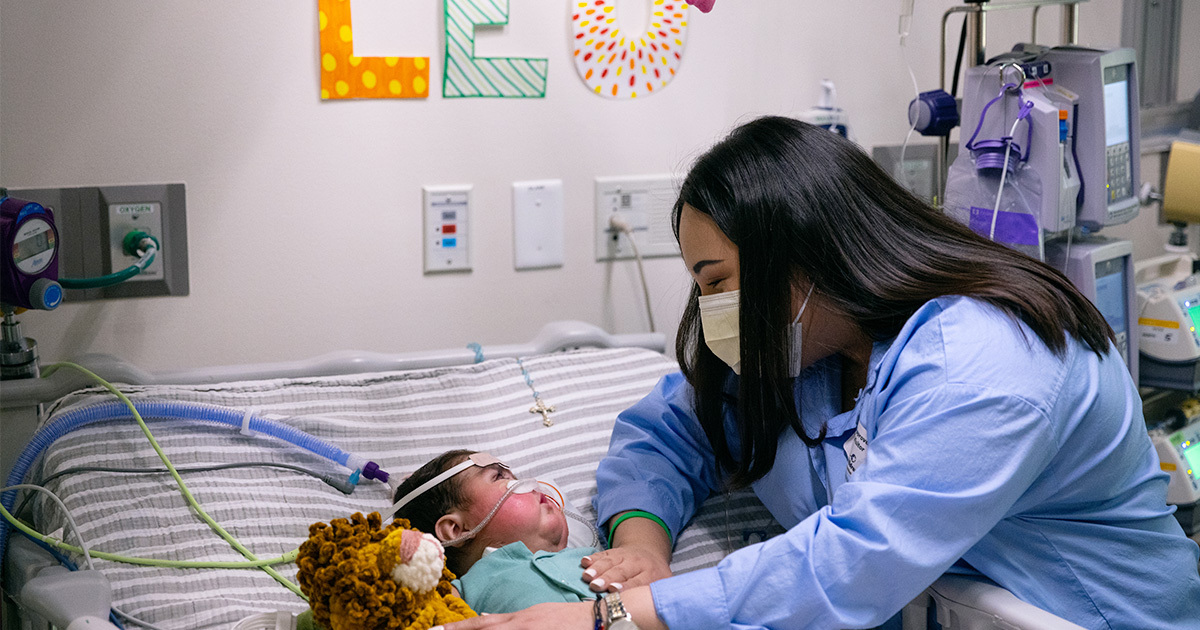
“After his transplant, Leo was so pink and warm,” continues Galilea. “I couldn’t stop staring at his lips, his fingers, and his toes.” Babies born with HLHS develop cyanosis, a bluish discoloration of the skin, as a result of poor circulation and oxygenation of blood caused by the heart defect.
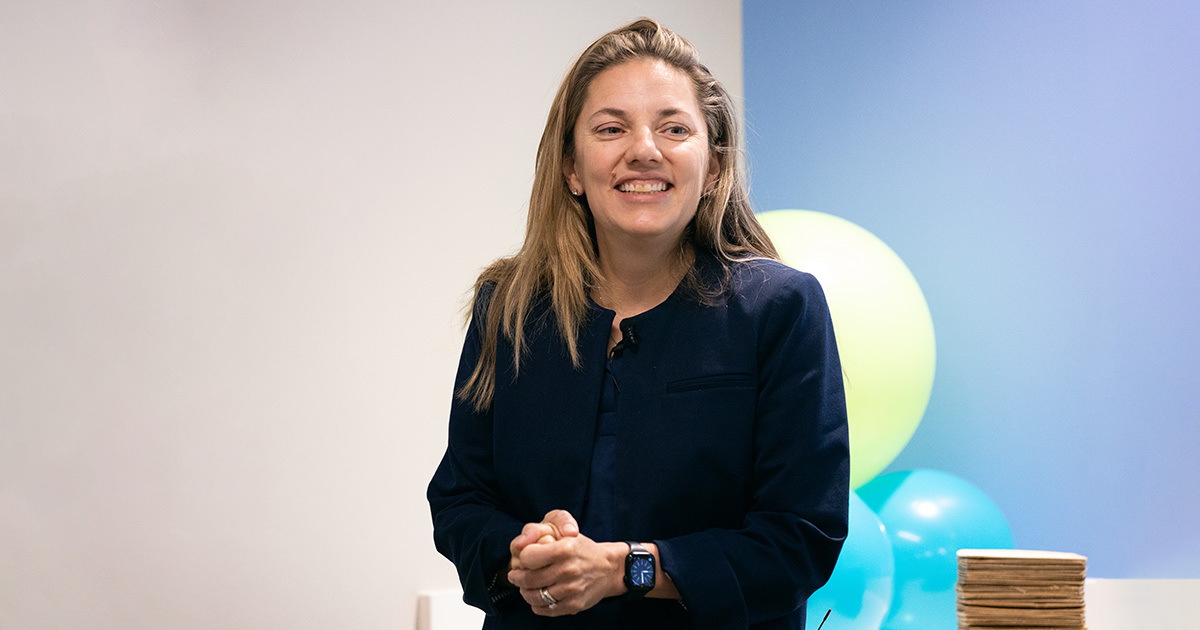
“Having fingers and toes that are pink and warm, all of that is a really pivotal moment and something that brings all of us joy,” shares Dr. Castleberry. “Overall, I’m extremely proud of the tremendous amount of work and strength of Leo, his family, and our team, and I’m very optimistic about Leo’s future.”
Significant Ties to a Medical School
“Leo was our 20th pediatric heart transplant patient and since, there have been 21,” says Dr. Fraser. “While 21 heart transplants may not seem like that many, it actually places us as a very busy program in the United States. There are only around 400 pediatric heart transplants performed in North America each year, which equates to less than 18 per program. We’ve been a major contributor and still have several children on the waiting list now.”
The Heart Failure, VAD, and Transplant Program was established in July 2020, with the first pediatric patient receiving a heart transplant just months later. “When people traditionally start a program like this, they tend to start with the easy stuff first,” says Dr. Castleberry. “But we like to keep our doors open to children who are very high risk for both wait list and transplant mortality as well as those with difficult surgical cases. It’s important to us to be able to provide an opportunity for patients who may have been turned down elsewhere.”
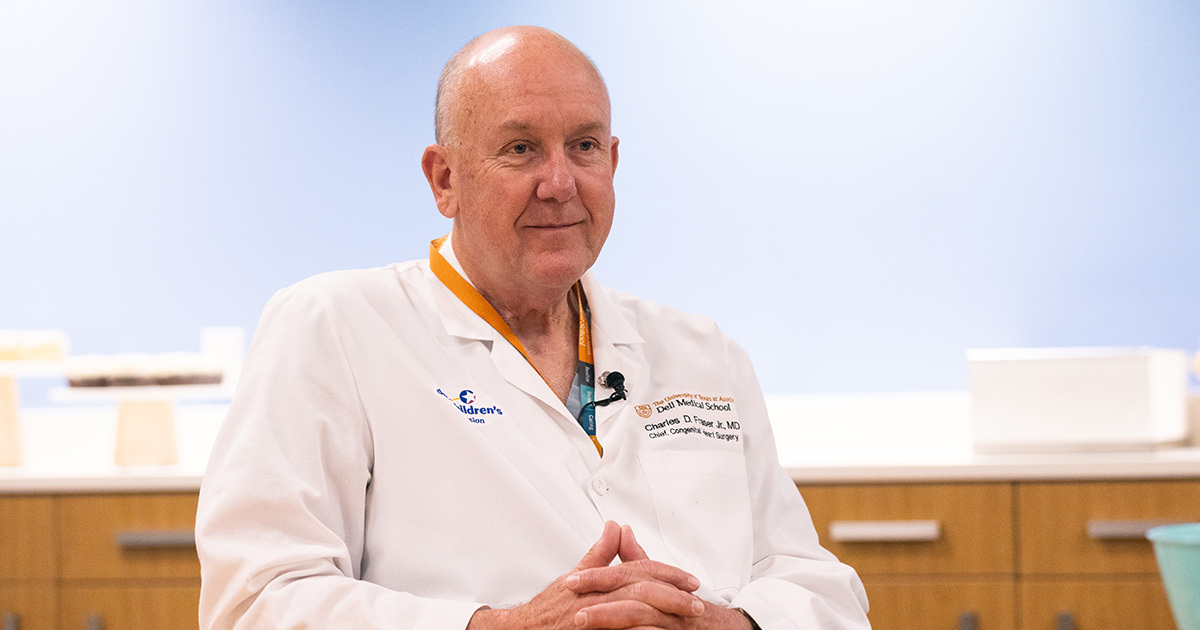
“We would not have a transplant program if it weren’t for our association with the Dell Medical School at The University of Texas at Austin,” explains Dr. Fraser. “The medical school has had a profound impact on what we do, and the resources available through the university have allowed us to create other solutions.”
Explore other major milestones achieved by the Texas Center for Pediatric and Congenital Heart Disease.
<br>Foraging Unbreakable Bonds
“Choosing to receive care here was the best decision we have ever made,” shares Galilea. “The staff made us feel safe, comfortable, and had all the resources we needed. More importantly, they helped us believe that we were going to get through this.”
On April 28, 2023, at nine months old, Leo was cleared to leave the hospital for the first time in his life. Prior to his departure, Leo’s parents both received training on how to care for him, feed him, and administer his medicine. Once they return home to Del Rio, the Texas Center for Pediatric and Congenital Heart Disease care team will continue to touch base with Leo’s parents and his local pediatrician.
“It’s a bittersweet feeling,” adds Galilea. “Everyone here—the doctors, the nurses, the staff—have all become family. They truly are like Leo’s aunties and uncles.”
To learn more about the Texas Center for Pediatric and Congenital Heart Disease, visit here.